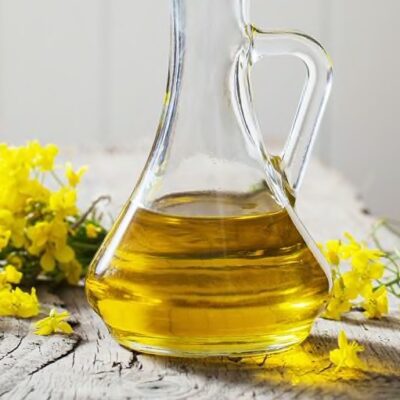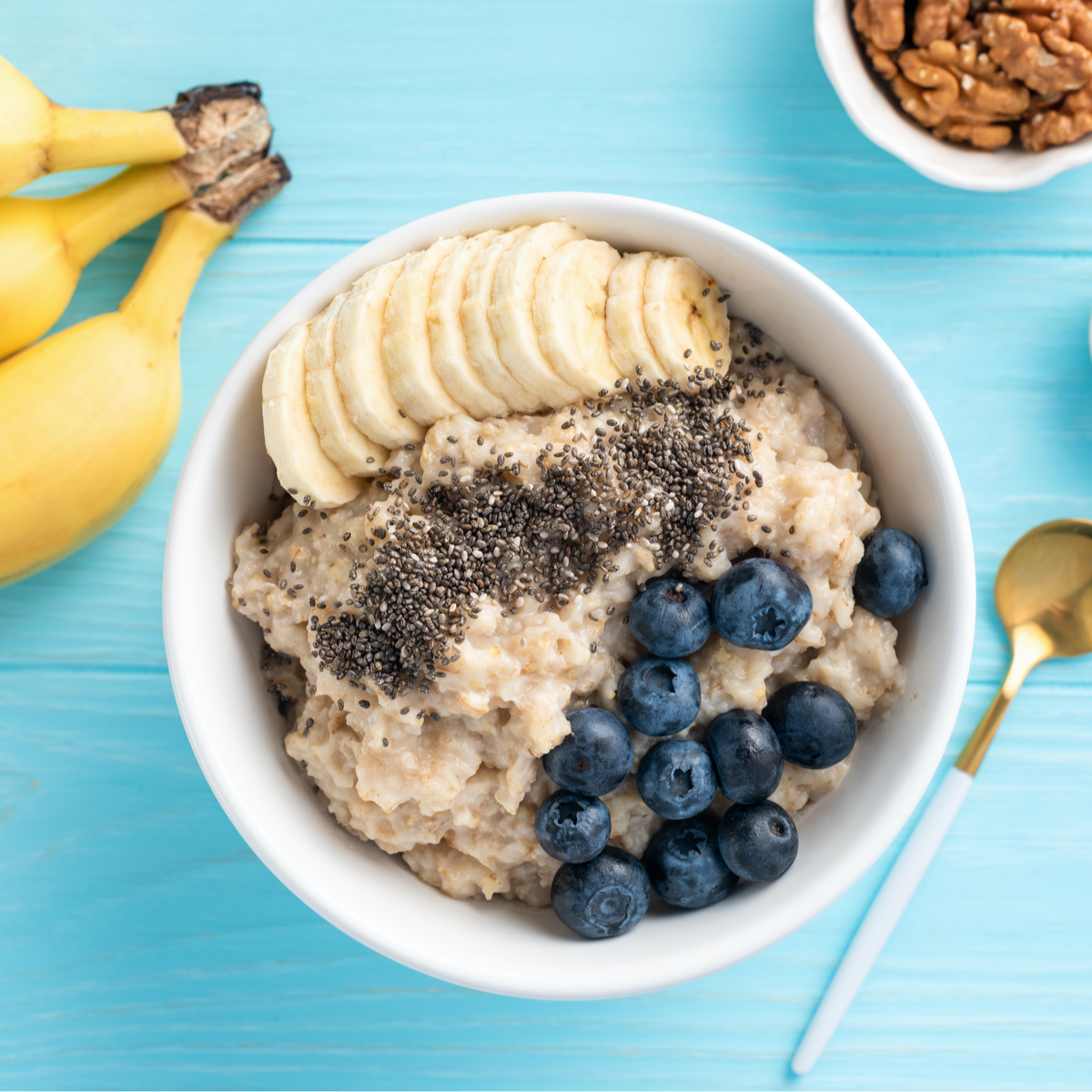
Is canola oil healthy or harmful?
Canola oil was once viewed as very healthy because of its desirable mix of unsaturated fats. More recently, it’s come under attack for its refined nature (most canola oil is highly refined). In reality, the health profile on this canola is mixed.
What is it?
Canola oil was created in the 1970s (in Canada) by selectively breeding rape plants, an unfortunately named type of mustard (genus Brassica, like kale and broccoli). It was designed to dial down in a big way two undesirable aspects of rapeseed oil: glucosinolates and erucic acid.
Good news first
- It’s budget-friendly, neutral tasting, and has a high smoke point. This makes it a safe choice for high heat cooking and baking.
- The mix of fats is favourable: Low in saturated fats; Rich in omega-3 fatty acids (second to flax oil); Solid ratio of omega-6 to omega-3 fatty acids (about 2:1)
Now the bad news
- Lacking in other nutrients (versus seeds and nuts)
- Contains small amounts of trans fats -WHEN REFINED.
- Contains erucic acid.
Neither of these concerns take canola off the table for me entirely. They make me want to be mindful of “dose”. Let’s crunch some numbers:
Trans Fats – How much is too much?
Levels of trans fats in refined canola oil (and other refined oils) are in the same league as the ruminant trans fats found in beef and dairy – around 2-3% of total fats. The WHO suggests under 2 grams of trans fats per day – lower is better. This means above 5 Tbsp of canola oil (or butter) daily could mean trouble. Benefits of zero versus very low intake are unclear.
Erucic Acid – How much is too much?
As always, the dose makes the poison. The official European safe threshold for erucic acid is 7 mg/kg body weight. This is a well-padded cutoff based on rats that developed heart issues when fed A LOT of the stuff (see EFSA report). Let’s crunch some numbers to see whether or not this is a real-life concern.
If we take the legal limit on erucic acid content of 2%, a tablespoon of canola oil would contain 280 mg (based on 14 grams fat total x 2%, then convert to mg). In reality, most canola oils contain far, far less than this.
For a 60 kg adult, a safe daily intake would be 420 mg (7 mg/kg x 60 kg). Thus, it would take about 1.5 Tbsp per day to “kiss” the cushioned safety cutoff.
For a 10 kg toddler, the number would be 6x lower: 70 mg per day (7 mg/ kg x 10 kg). Using the worst case scenario, this is a meager quarter tablespoon. Indeed, the European Food Safety Authority recently issued a caution about the risk of exposures that exceed accepted safety thresholds.
Note: Things look very different if we use “real world” values for erucic acid content rather than the legal limit. According to an EFSA report, canola cultivars marketed in France (2005 to 2015) averaged below 0.5%. The Canadian Grain Commission reported an average erucic acid content of 0.01% across Western Canada (2009 to 2014). Thus, a more realistic safety estimate would be about 4x-20x higher than the figures above (e.g. 6-30 Tbsp per day for an adult; 1-5 Tbsp per day for kids). It’s up to you how conservative you want to be!
Canola haters also have others concerns that I don’t view as scientifically valid:
- Fear of GMOs. Eating plants with altered DNA is not harmful to your health. Period. GMOs can have ecosystem implications but that is a different topic.
- Fear of pesticides. GMO canola oil does contain higher levels of glyphosate than non-GMO. However, even the “higher” doses are so low that you would have to chug canola oil daily for this to register in your body.
- Fear of hexane (from chemical extraction). There is no evidence to substantiate any risk to consumer health when foods contain trace residual concentrations of hexane (0.8 parts per million).
The Bottom Line
While I have no concerns about moderate use of canola oil in adults, it’s worth being cautious with babies and toddlers. I currently reserve it for occasional high-heat cooking and baking and prefer to use other unrefined oils for low heat cooking and salads.





